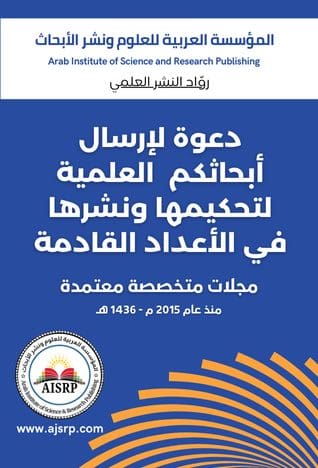Abstract
Purpose: This study aimed to reveal the effectiveness of a blended learning (BL) programme in a tertiary-level hand-knitted goods course. The sub-objectives were: (1) To compare the effectiveness of a traditional learning programme and a BL programme in terms of the development of hand-knitting knowledge and skills, and (2) To study the differences in students’ skill performance levels between the two programmes, design: The study was conducted in the laboratories of the Fashion Design Department at Abdulaziz University in Saudi Arabia with 21 student participants. The research tools comprised (1) a questionnaire and (2) a skilled performance observation card to assess the production of hand-knitted goods before and after the application of each learning method. Findings: The results demonstrated significant differences in favour of the BL method (p = .01) between the average skilled performance evaluations of students’ production of hand-knitted goods for each of the two methods. Originality/Value: This study contributes to the improvement of learning outputs and increases the effectiveness of the educational process by applying the BL method in different fields of clothing largely based on skilled performance.
Keywords: hand knitting; blended learning; traditional learning; programme.
برنامج قائم على التعلم المدمج لمشغولات التريكو اليدوي
الملخص
الكلمات المفتاحية: التريكو اليدوي، التعلم المدمج، التعلم التقليدي، برنامج.
Authors \
Thanaa Mustafa Aref Alsarhan
Safia Abdelaziz Kotb Saroukh
Department of Fashion Design || Faculty of Art and Design || King Abdulaziz University
DOI: 10.26389/AJSRP.T241017 عرض البحث كامل عرض العدد كامل



